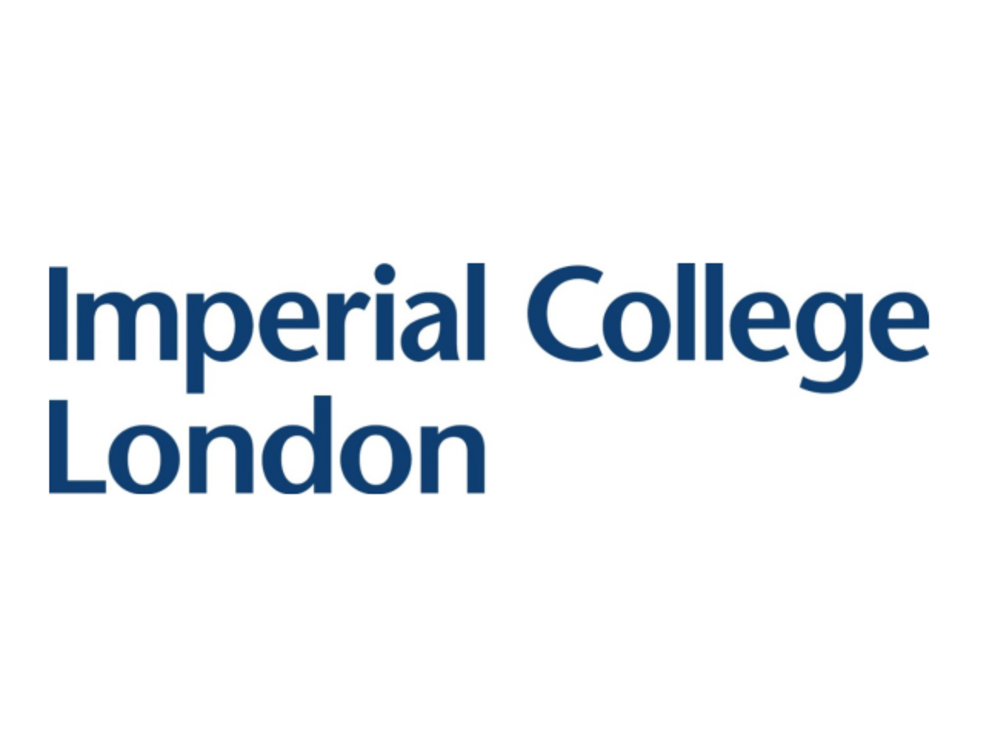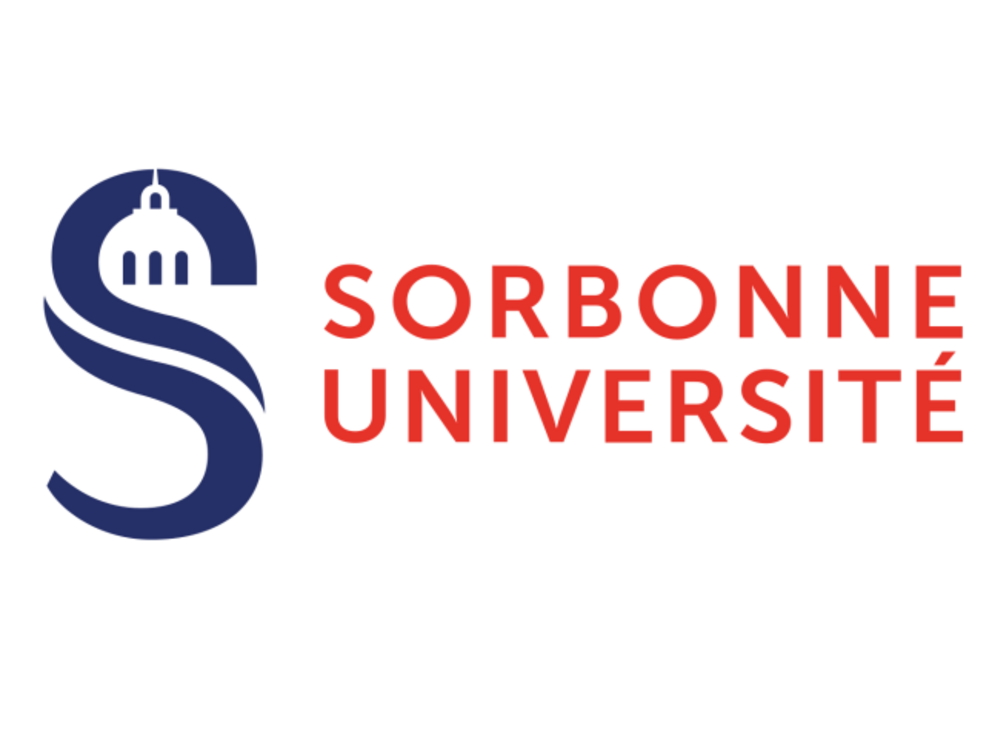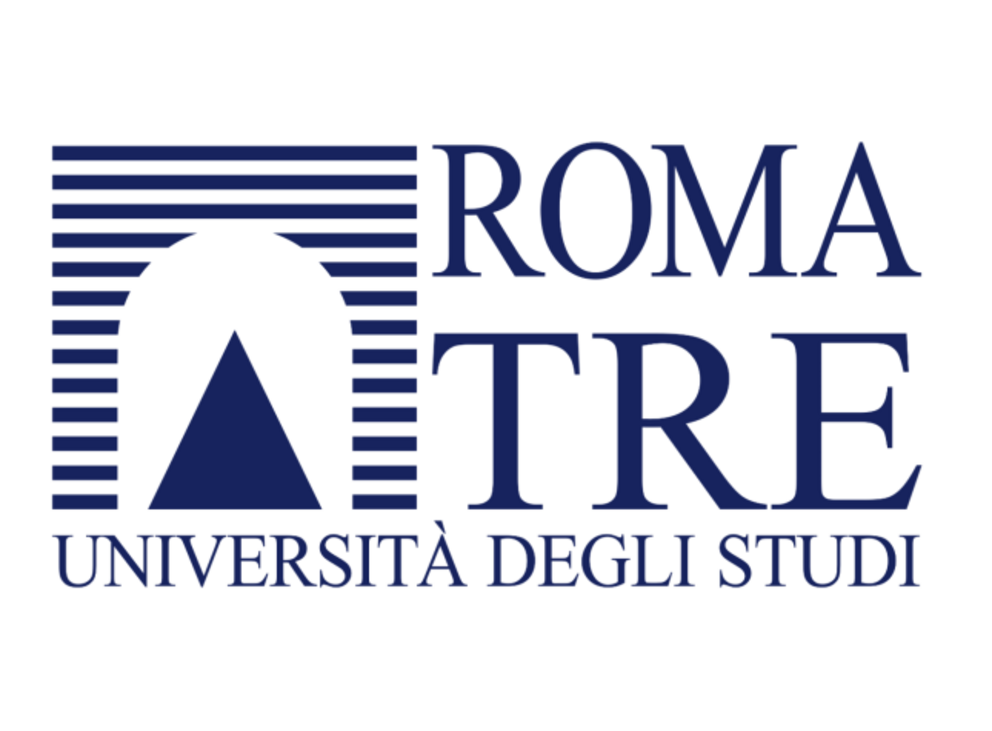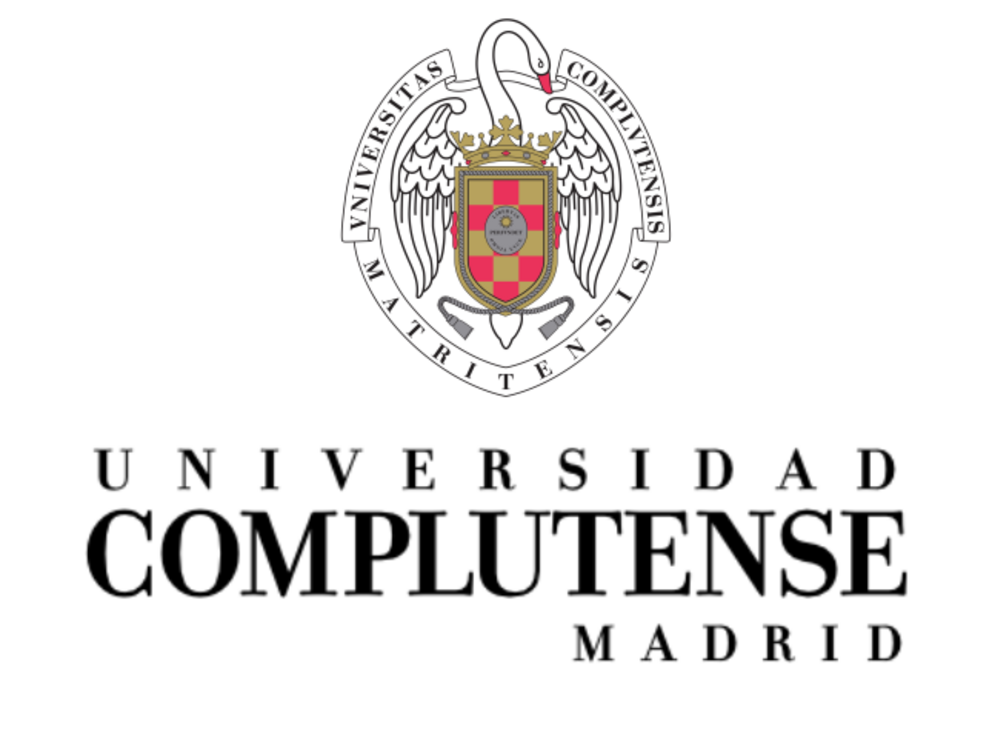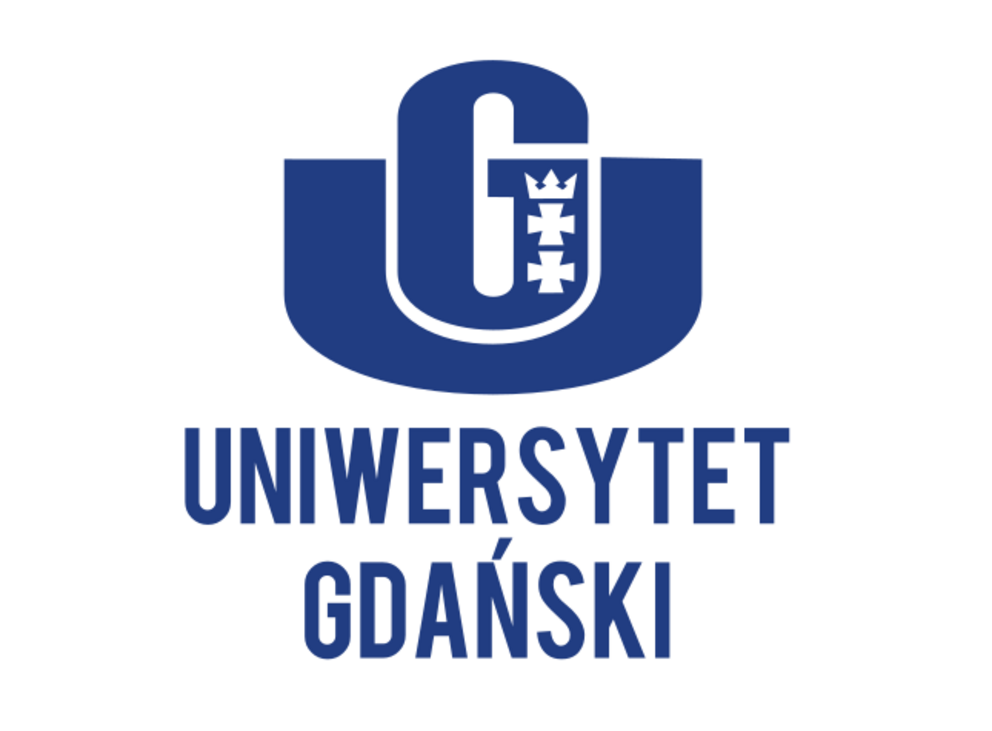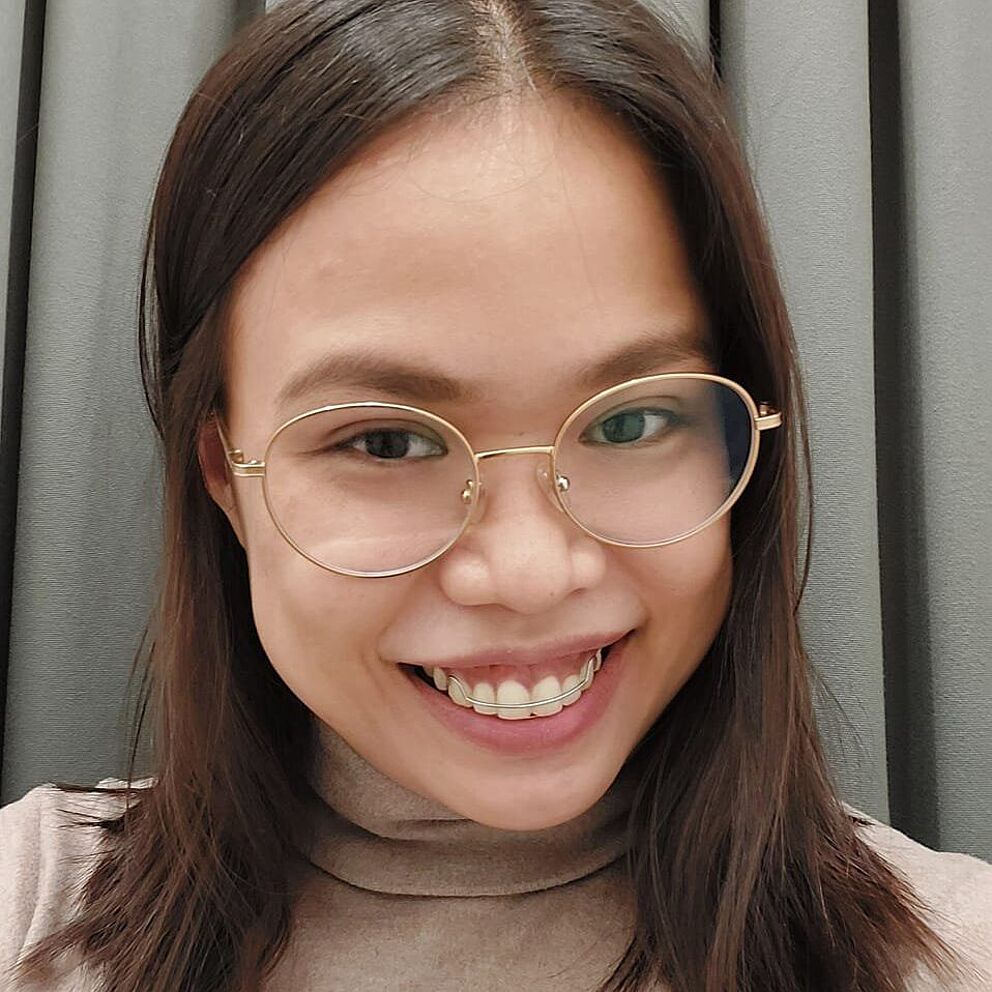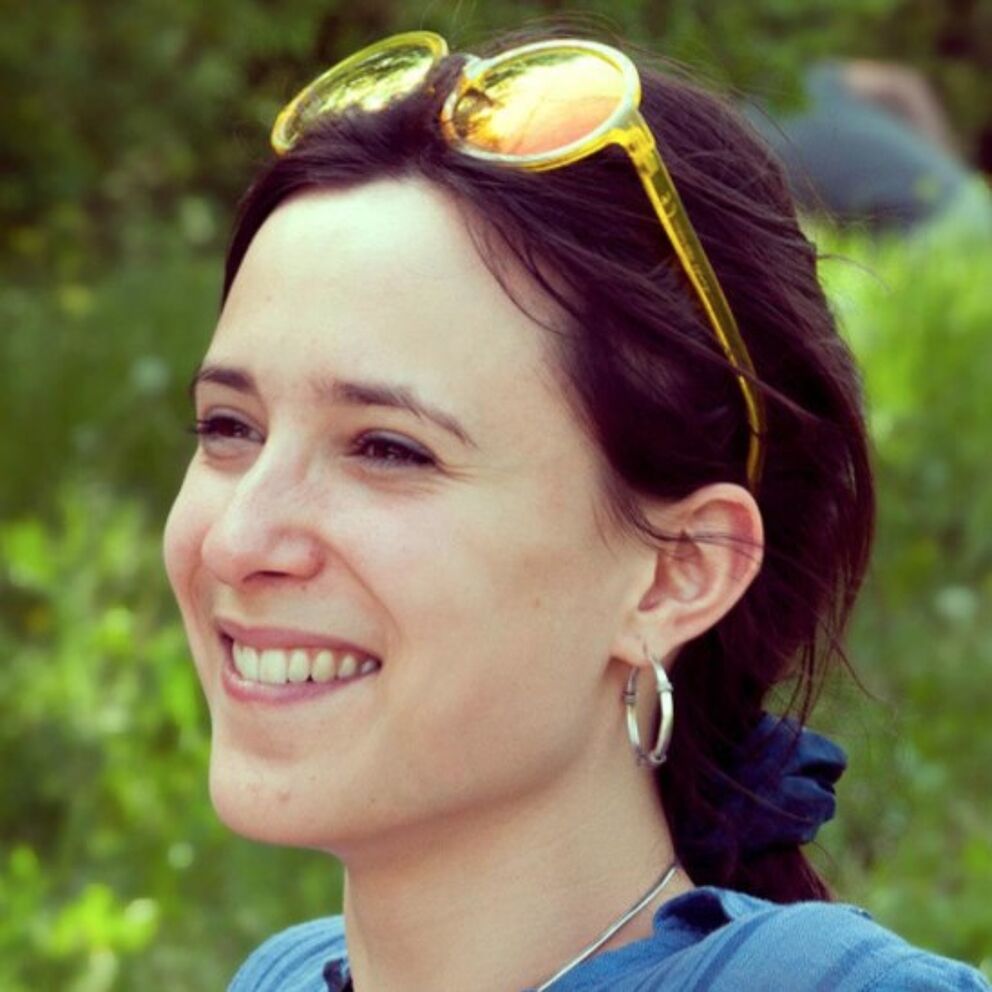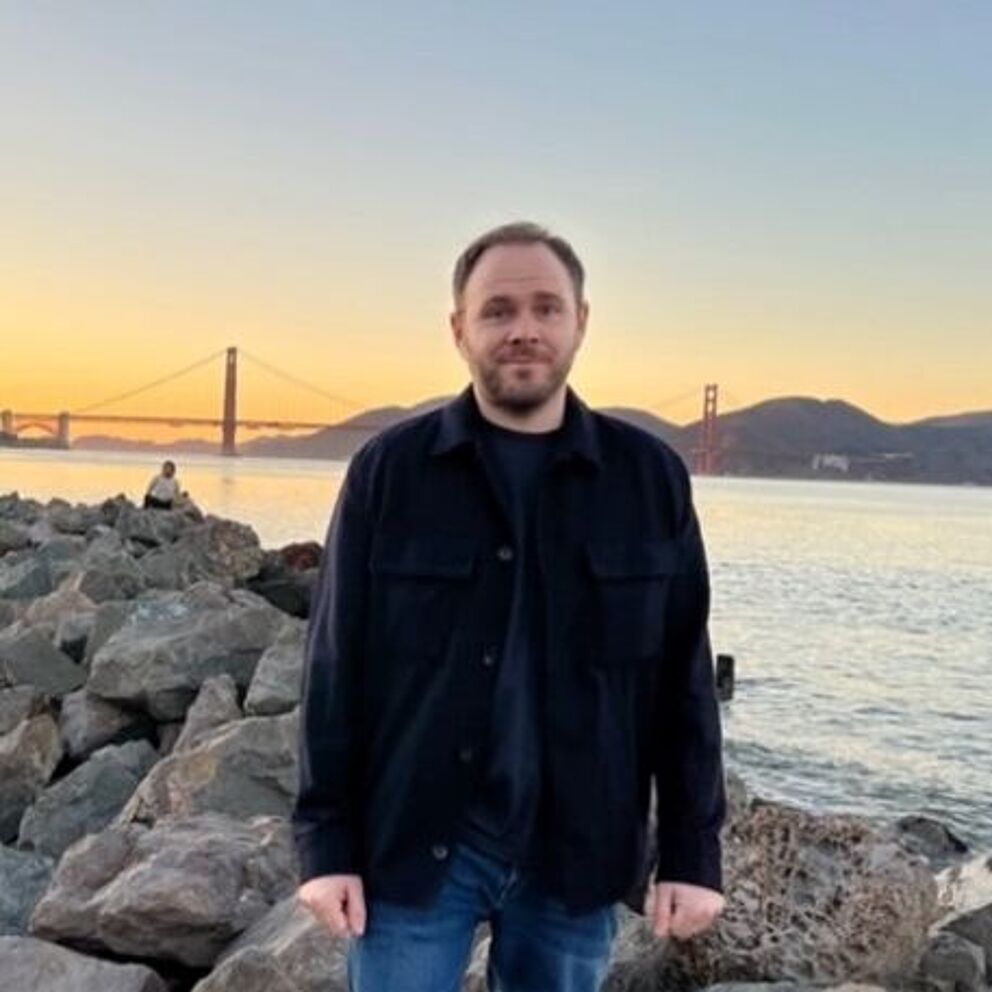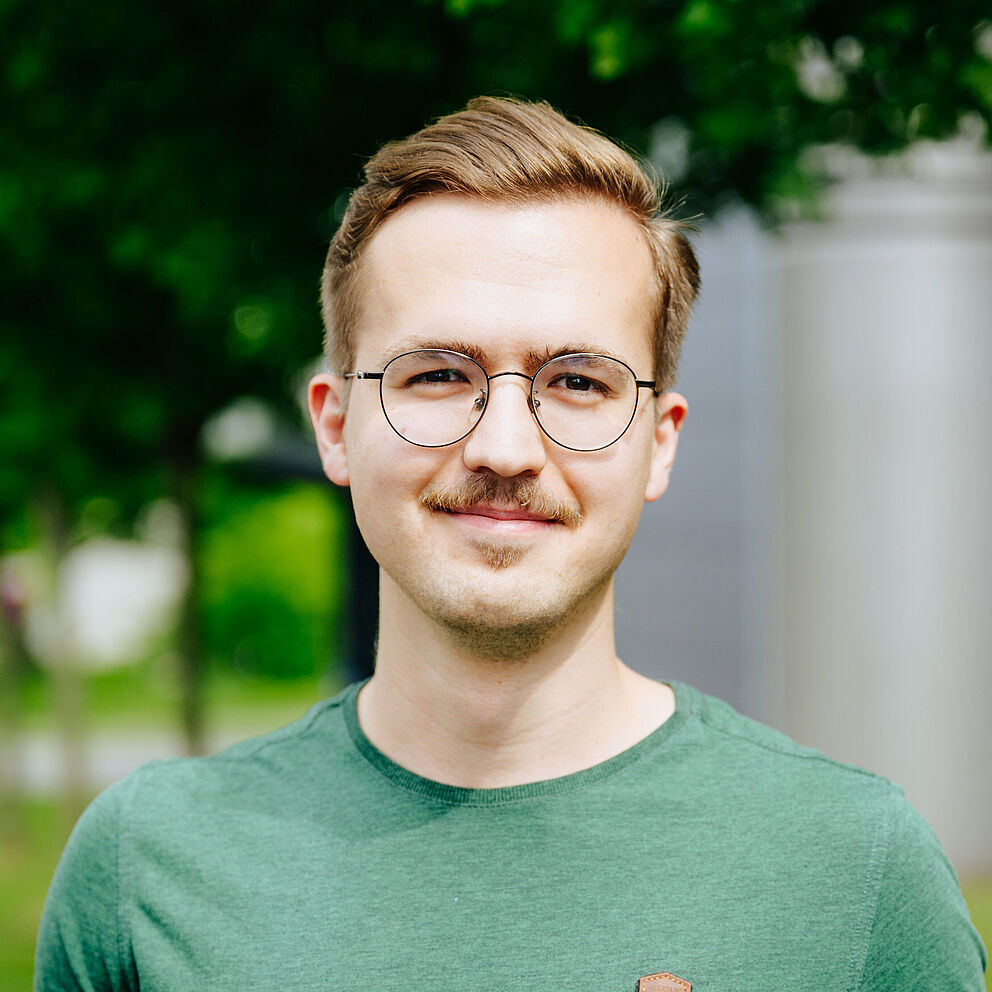Abstract
Metrology explores the most efficient and precise way to perform measurements. This established area of study has considerable impact on our everyday lives. A GPS would not work without the capability to measure distances precisely, and spectral fingerprinting is an established technique to identify e.g. drugs. Better timing measurements could improve the performance of GPS and laser ranging; better frequency resolution could help to identify more substances more quickly.
To explore more precise measurements, we can use quantum metrology. We can exploit the counterintuitive behaviour of quantum objects to perform measurements with better accuracy compared to classical methods. For example, using superposition, where the cat is both dead and alive; or entanglement, where objects are interwoven more tightly than classically allowed.
Quantum metrology currently focusses on measuring phases, with only few works considering spatial separations. We will take a new approach in considering time and frequency. STORMYTUNE’s time-frequency quantum metrology technology toolbox will comprise two main elements.
We will develop a theory framework that will help us define the fundamental limitations of our idea, putting special emphasis on implementing tailored quantum measurements. The goal being to outperform classical strategies and thus find immediate applications, something that hasn’t been achieved in metrology to date.
We will build devices and prototypes that have functionality. We will demonstrate spectroscopy – frequency measurements – with a resolution beyond classical limits. Further, we will implement compressed sensing techniques for the resource efficient characterisation of time and frequency distributions of quantum light.
Play Saving Photonland!

This puzzle game, which was developed within the STORMYTUNE project, allows you to build an intuition about time-frequency modes and how to deconstruct quantum pulses. Play it here!
STORMYTUNE conference 2024
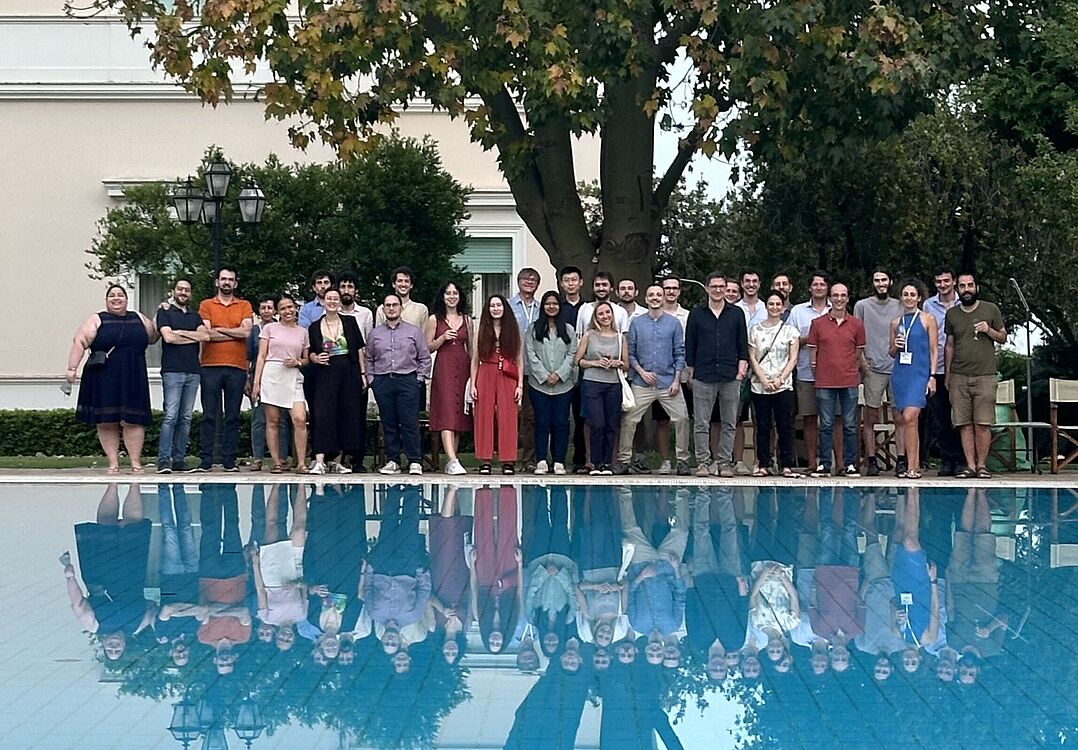
From the 19th to the 21st of June 2024 the SOTRMYTUNE conference took place in the sunny Gaeta, Italy. It served as the last meeting of the project as well as an opportunity to share the project’s result with the wider scientific community and was envisioned with a strong focus on promoting young scientists.


